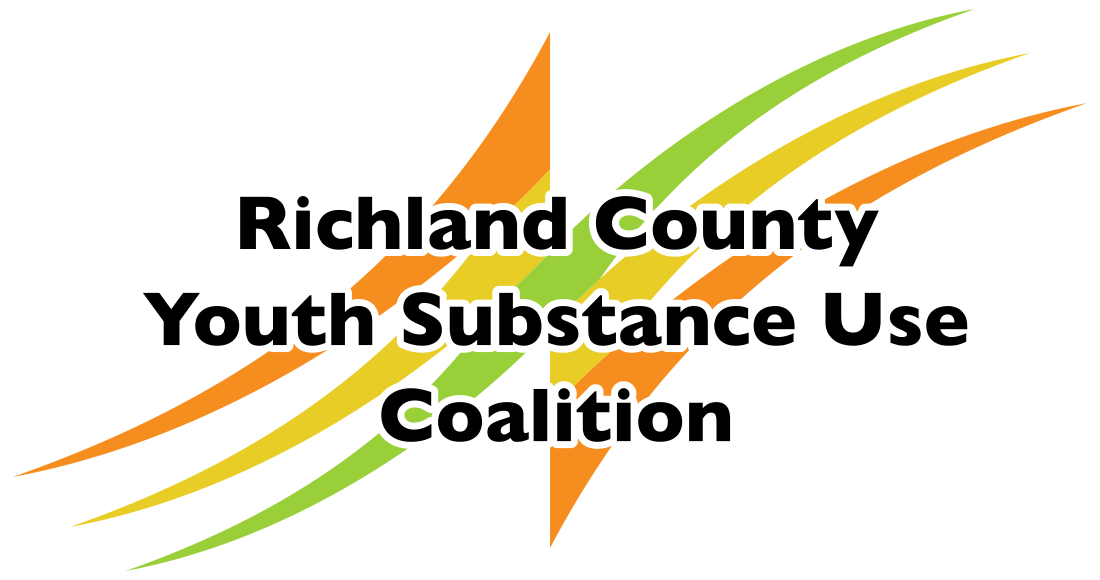Editor’s Note
RCYSUC wants to empower Richland County youth, families and the community to reduce youth substance use through education, intervention, and participation. This is part 1 of a 7 part sponsored series around preventing substance misuse.
The three committees (Data & Evaluation Committee, Alcohol Misuse Prevention Committee, and Prescription Drug Misuse Prevention Committee) that make up the Richland County Youth Substance Use Coalition are working hard to break the stigma of addiction and provide resources for prevention and help, specifically to the youth of Richland County.
Although formed in 2016, the coalition began to grow thanks to the Drug Free Communities Grant they received in 2019.
“With that grant funding, it was sort of revitalized and reformed,” Gurpinder Deol, the Project Coordinator and Health Educator at Richland Public Health, said.
The mission of RCYSUC is to “empower Richland County youth, families, and the community to reduce youth substance use through education, intervention, and participation.”
“I would say one of the main things the coalition does is bring together resources and try to be a hub of information and direct people where to go or just do general education in terms of substance use and substance use prevention,” Deol said.
To gain a true understanding of addiction, one must learn how substance use actually affects the brain. RCYSUC works with doctors like Joseph Bocka, MD of OhioHealth and Zili Sloboda, Sc.D., President of Applied Prevention Science International, Inc. in order to give the community a better understanding of the science behind it all.
“When we’re talking about substance use we’re talking about psychoactive substances,” Sloboda said.
“Our brain has a blood brain barrier that prevents substances from getting into our brain, but these psychoactive substances can get through the blood brain barrier, into the brain, and change the chemistry of the brain.”
Psychoactive substances impact the functioning of the central nervous system, specifically the spinal cord and the brain, impacting feelings, thought processes, how one may perceive something, etc. The blood brain barrier allows in substances with smaller molecular structures that are fat soluble, and blocks out the substances with larger ones that are water soluble.
“So, if you’re thinking about a developing brain and you’re introducing these substances early on, we have some data to show that young people that start using these substances are more likely to become dependent on these substances and have problems,” Sloboda said.
Because of the stigma that addiction has, many people who struggle with the disease have trouble reaching out for help, despite numerous resources providing evidence-based treatment (many of which can be found here). Like any disease, those who live with it do not desire to possess it.
Language change comes along with changing perspectives. For example, instead of “substance abuse” more people are adopting the term “substance use.” “Habit” implies that a person is choosing to use, or can stop at any point, so it’s better to use “substance use disorder” or “drug addiction.”
“We don’t punish diabetics. We don’t punish people with heart disease,” Sloboda said.
Those with substance use disorder are humans who need assistance, not penalization. The disorder is common and complicated, so it is vital to continue to gain new insight and be open to learning more in order to properly be able to attend to your friends, family, and others if they reach out for help. Resources are available for those who are struggling, as well as their allies.
To learn more about the Richland County Youth Substance Use Coalition, or collect resources, visit their website. Learn more about Applied Prevention Science International, Inc. here.
Article available on Richland Source
